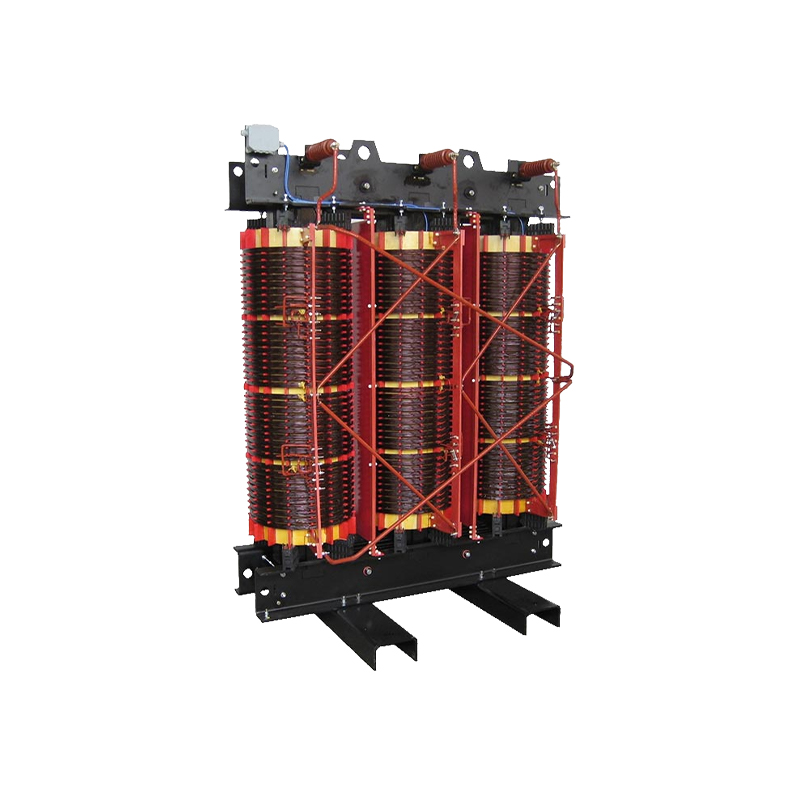50KVA Single-Phase Pole-Mounted Oil-Immersed Transformer
50KVA 34.5KV/0.48KV
See DetailsUnderstanding the Difference Between a Rectifier and a Transformer: Essential Components in Power Conversion
In the world of electrical engineering, understanding the difference between a rectifier and a transformer is crucial, especially for anyone dealing with electrical circuits or power systems. Though they may seem similar at first glance because both deal with electrical energy, their purposes, functions, and operational principles are distinct. In this article, we will explore both devices in-depth, highlighting their differences, working principles, and applications.
What is a Transformer?
A transformer is a static electrical device used to transfer electrical energy between two or more circuits through electromagnetic induction. It is designed to increase (step-up) or decrease (step-down) voltage levels while maintaining the frequency of the AC (alternating current) signal. Transformers work primarily with alternating current (AC), and they are based on the principle of electromagnetic induction.
How Does a Transformer Work?
A transformer consists of three main components:
Primary Coil – The coil that receives the input voltage (AC).
Secondary Coil – The coil that delivers the output voltage (AC).
Core – The magnetic material that forms the path for the flux created by the current in the primary coil and induces a current in the secondary coil.
The working principle behind a transformer is simple: when alternating current flows through the primary coil, it creates a magnetic field that fluctuates. This magnetic field induces a current in the secondary coil through electromagnetic induction. The voltage ratio between the primary and secondary coils is determined by the turns ratio — that is, the ratio of the number of turns of wire in the primary coil to the number of turns in the secondary coil. This ratio directly determines whether the voltage is stepped up or stepped down.

Applications of Transformers:
Power distribution networks: Step-up and step-down voltages.
Electrical isolation: Isolation transformers prevent high voltages from reaching sensitive equipment.
Voltage regulation in electronic circuits.
Limitations:
Transformers only work with AC power. They cannot function with direct current (DC).
They are relatively bulky and require careful design to handle large amounts of power.
What is a Rectifier?
A rectifier is an electrical device used to convert alternating current (AC) to direct current (DC). This process is known as rectification. Rectifiers are typically used in power supplies for electronics, batteries, and DC motors. Unlike transformers, which only change voltage levels without altering the current's direction, rectifiers actually alter the waveform of the input current from AC to DC.

How Does a Rectifier Work?
Rectifiers are typically built using semiconductor devices such as diodes, which allow current to flow in only one direction. When AC voltage is applied to a rectifier, the diodes conduct current during the positive half-cycle and block current during the negative half-cycle, thus only allowing a unidirectional current (DC) to pass through.
There are two main types of rectifiers:
Half-Wave Rectifier – Uses a single diode and allows current to pass during only one half of the AC waveform (positive or negative). This method is inefficient because it results in a lot of wasted energy and a pulsating DC output.
Full-Wave Rectifier – Uses two or four diodes (depending on configuration) to allow current to flow during both the positive and negative half-cycles of the AC waveform. This method is more efficient and provides smoother DC output.
After the rectification process, the output is a pulsating DC signal, which can be further smoothed using filters (capacitors, inductors) to produce a steady DC output.
Applications of Rectifiers:
Power supplies for electronic devices, computers, and televisions.
DC motor drives.
Battery charging.
Electroplating.
Limitations:
Rectifiers only work with AC input.
The output is DC but may still be pulsating unless further filtered.
Contact Us